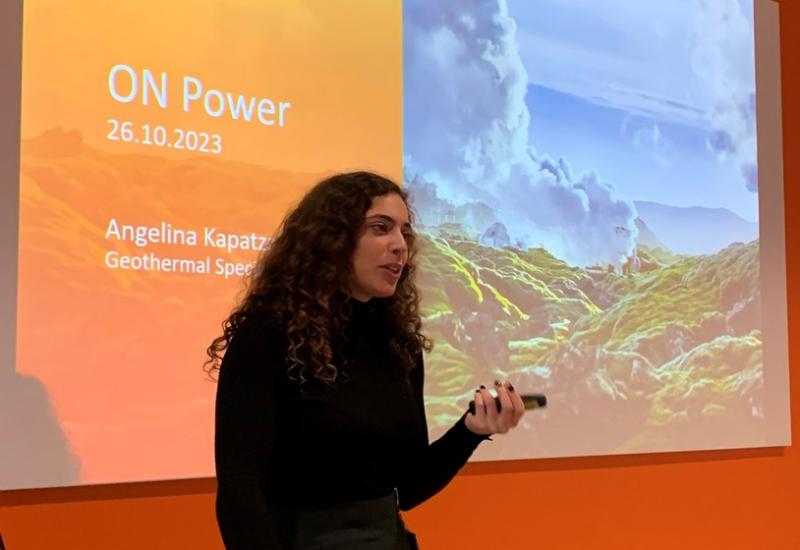A visit to ON Power at its Hellisheidi geothermal powerplant in Iceland offers a crash course in chemistry and geology and how such science matters in the formation of volcanos and earthquakes.
While none of these topics would seem to matter to electrical engineers dealing with increasing demands on data centers amid an explosion in AI, companies are struggling with finding enough power to run them and balancing electricity needs with keeping them green.
In simple terms, ON Power is taking very hot water from deep in the earth to supply the water to homes and businesses while also capturing steam from the water to turn enormous turbines that activate generators and create electricity. At the other end, the remaining brine from the fresh water can be injected back into the earth to bury CO2 to further Iceland’s ambitious sustainability goals.
The processes are elaborate, but hot water from beneath the earth has been heating homes for generations in Iceland, while sequestration of CO2 into the earth is relatively new and is handled by an ON Power subsidiary called Carbfix.
Angelina Kapatza, a geothermal specialist at ON Power, explains that a carbon capture plant takes smelly H2S ( also known as hydrogen sulfide, with the odor of rotten eggs) and combines it with CO2 and water, which is injected back into the bore holes that were originally used to find underground hot water. That injected substance reacts with porous volcanic rock underground to form pyrite, fool’s gold. The injection substance is about 65% CO2 and 35% H2S.

While the rock under Iceland is conducive to such a process, Kapatza shows a slide that describes vast areas under the earth’s oceans that are similar and are potential spots for CO2 sequestration: a deep underwater valley between Europe and North America and even larger stretches in the Pacific Ocean off the west coast of North America and South America.
Her implication is that sequestration, while in its early stages, could be a promising approach to reducing the carbon footprint in coming decades. And the word is getting out. Research into the concept is already being done along the Columbia River in the western US. Kapatza also lectured a visiting group on the concept recently including a US congressman from Alaska.
Seismic adventureland
In Iceland, the preponderance of earthquakes and 40 volcanos, including several active ones, follows mainly along a fault line that runs roughly diagonally across the island nation from the northeast to the southwest, with the capital of Reykjavik a prime target of earthquakes. An active volcano further to the west of the capital erupted in 2022 for three weeks, and one recent day, Reykjavik experienced 300 very minor earthquakes.
While the fault line and the seismic activity it causes might alarm visitors and potential businesses seeking to co-locate a data center in Iceland, government officials make the argument that the fault line runs between the North American and European tectonic plates which are actually migrating apart at an average rate of 1 centimeter a year. That movement creates the reverberations that allow water to move through fault lines and also for lava to erupt in volcanos.
Einar Tomasson, an official at Data Centers by Iceland who is also Iceland’s Film Commissioner and Head of Energy and Green Solutions at Business Iceland, told a group of reporters invited to Iceland to learn about energy and sustainability in Iceland that while the volcanos and earthquakes might seem unattractive to businesses worried about finding an inexpensive place to collocate a data center, Iceland is comparatively better than colocating in California in the US. Iceland’s approach is also more sustainable, he says.
“In California, a fault line runs down the state that has plates on either side that are colliding, while Iceland’s plates are moving apart,” he told Fierce Electronics. “Which sounds better?”
RELATED: Iceland uses geothermal energy for heat, electricity,cucumbers